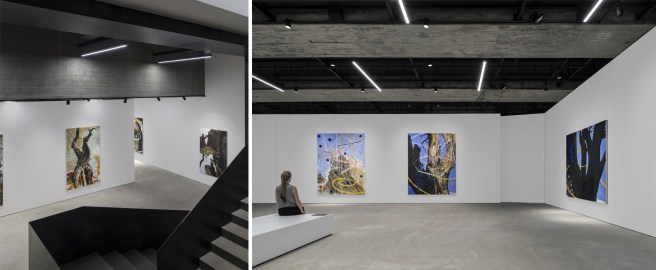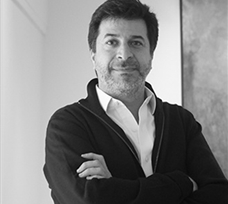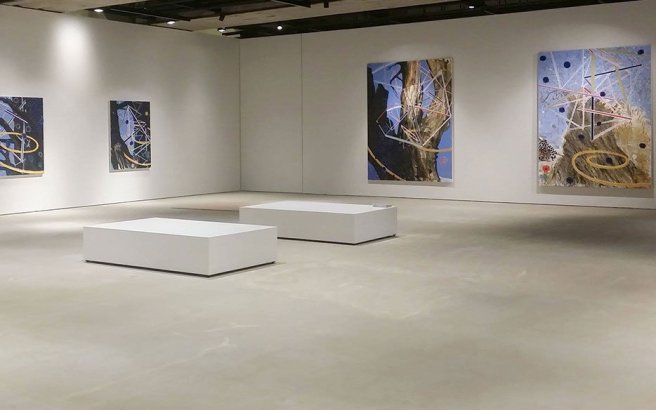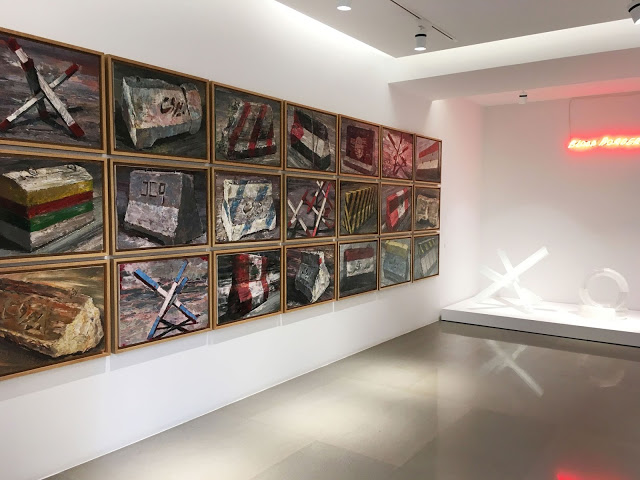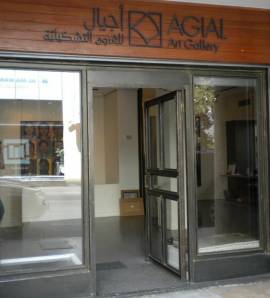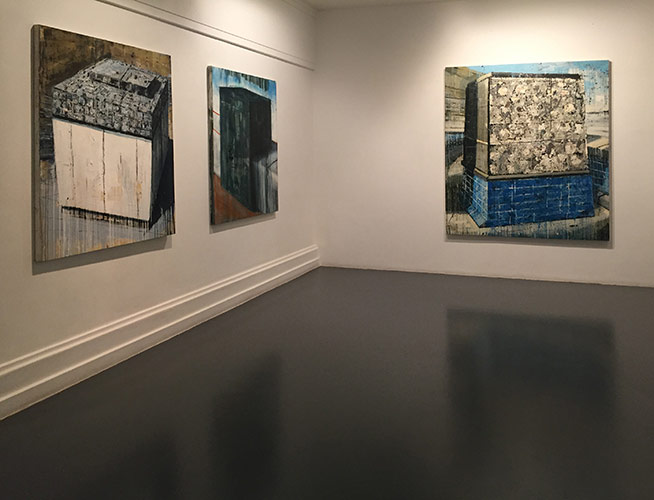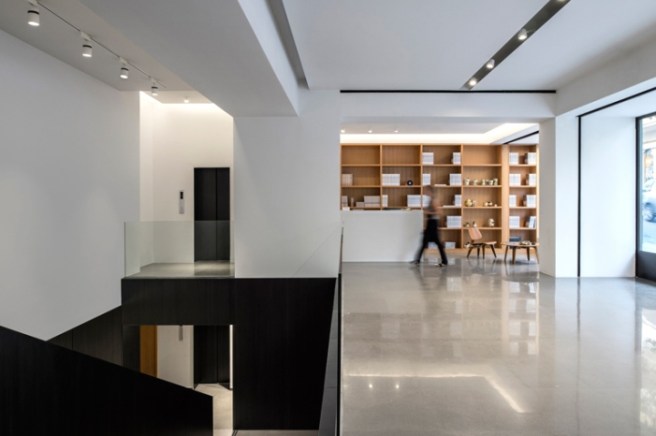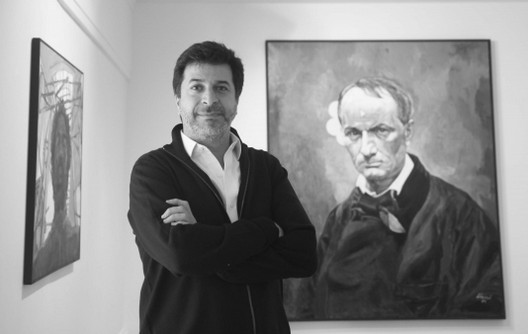post 271/365

As a business model, the art gallery occupies a unique position. Functioning as the bridge between art’s existence as a commercial enterprise and its role as a philosophical pursuit, a gallery, unlike other businesses, has a measure of success that is completely divorced from its financial earnings: by championing important artists, and putting on daring and provocative shows, they can become part of art history even if they never generate a massive profit.
Gallerists and art dealers are still the primary marketing force within the art world. This is a good thing, since it means that galleries can handle the commercial side and leave the artist to do what they do: make interesting art. It takes a particular skill to be able to convert such a subjective commodity as art into significant amounts of cash. Being a successful gallerist takes more than using pure selling skills to sell art to their list of wealthy clients. Nurturing an artist to the top of the market is as important and critical to building his reputation. That entails placing their artists works in the proper collections, the appropriate group shows, and the right museums. While talent is a critical component, a premier gallerist can establish the artists’ reputations on a national and international level.
A leading expert in contemporary Arab art, Saleh Barakat founded the Agial Art Gallery in 1991 and the Maqam Art Gallery in 2008, both in Beirut. As the executive manager of the two galleries, he has participated in building major collections of modern and contemporary Arab art. With a strong business background in addition to his experience in the arts, Saleh is deeply engaged in developing a healthy market environment for creative expression in the Arab world.
He has curated several pan-Arab exhibitions including the IXth Francophone Summit in Beirut, the 2003 World Bank Summit in Dubai, and “The Road to Peace: Painting in Times of War 1975-1991” at the Beirut Art Center in 2009. He also co-curated the first national pavilion for Lebanon at the 52nd Venice Biennale and the touring exhibition “Mediterranean Crossroads” in collaboration the Italian Ministry of Foreign Affairs. “Saloua Raouda Choucair: The Retrospective” in 2011, “Chafic Abboud: the Retrospective” in 2012 and most recently “Art From Lebanon” in parallel with the launch of the seminal book “Art from Lebanon”.
In his career Barakat has represented some of Lebanon’s biggest names, such artists as Nabil Nahas, Ayman Baalbaki, Saloua Raouda Choucair, Hamed Abdallah and Gebran Tarazi.
In celebration of his gallery Agial’s 25th anniversary, Barakat decided to launch a second exhibition space, appropriately called Saleh Barakat gallery and picked the former premises of a cinema theatre in the Kantari neighborhood. He opened his beautiful new gallery with Nabil Naha’s work on Lebanon’s most iconic and national symbol; the cedar tree.
Barakat’s career has been similar to the famed Lebanese cedar tree, with evergreen leaves and a sort of dynamic energy, both have roots deep in the fabric of what constitutes and highlights the best of Lebanon. They make us believe in transcendent things that would make of this muddy earth a spot for the splendid birth of everlasting lives, of a far ranging cultural scene.
The Beirut that lay before Barakat at the end of the civil war, when he opened his first gallery was shattered and in ruins. However his gallery would be influential in revitalizing Beirut’s art scene. He also wanted his gallery to provide a platform for regional talent, opening up to Arab artists. Agial has helped to reawaken interest in a long list of artists, ranging from the late Fateh Moudarres, from Syria, and Iraqi-born Ismail Fattah Al Turk, to the Egyptian sculptor, Adam Henein and Iraqi pioneer of modern Arab art, Dia Azzawi.
Barakat passionately believes that Lebanon is an incubator for art, with its continuous entry of new and established artists; heap of galleries and artistic initiatives taking place. His new gallery is proof of that. While he has stepped back from curating, Barakat continues to play several key roles on the Beirut art scene, holding positions on the steering committee of AUB’s Art Center and the advisory board of the Lebanese American University’s School of Art and Design. He helped the Académie Libanaise des Beaux-Arts to build their virtual museum and also assisted the Université Saint-Joseph in establishing its masters of curatorial studies and history of art.
Galleries are a place to build a community, a real, true social network, an art ecosystem, and that is important in building the country’s repertoire of art and culture. There is a big difference between being the most connected person and being the best-connected person. Saleh Brakat, has managed to catapult Lebanese artists all over the world, not only giving them an international voice and recognition but actively putting Lebanon on the map of the world’s modern art scene.
“A good gallerist has a duty to build artists’ estates,” he notes.
